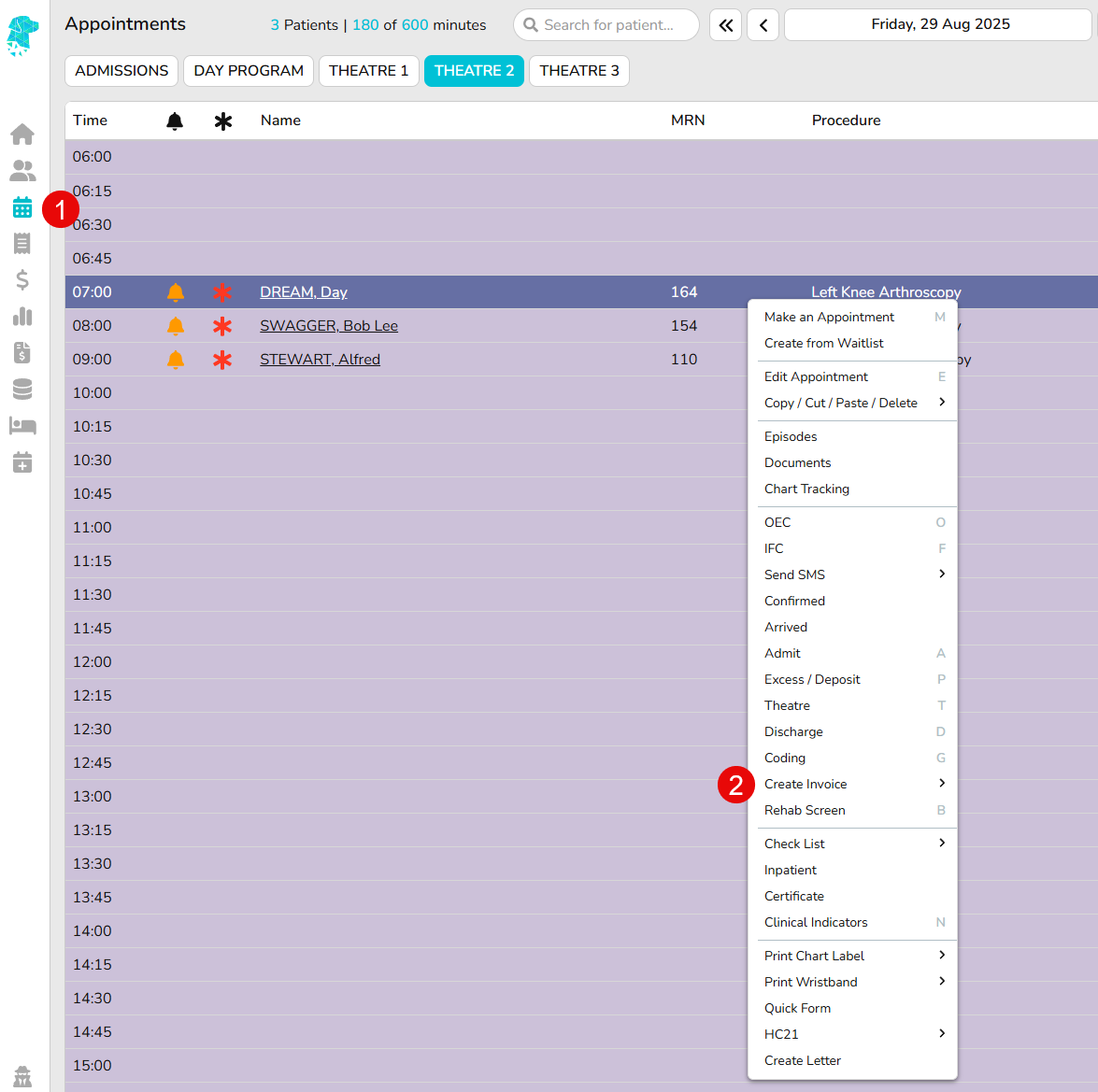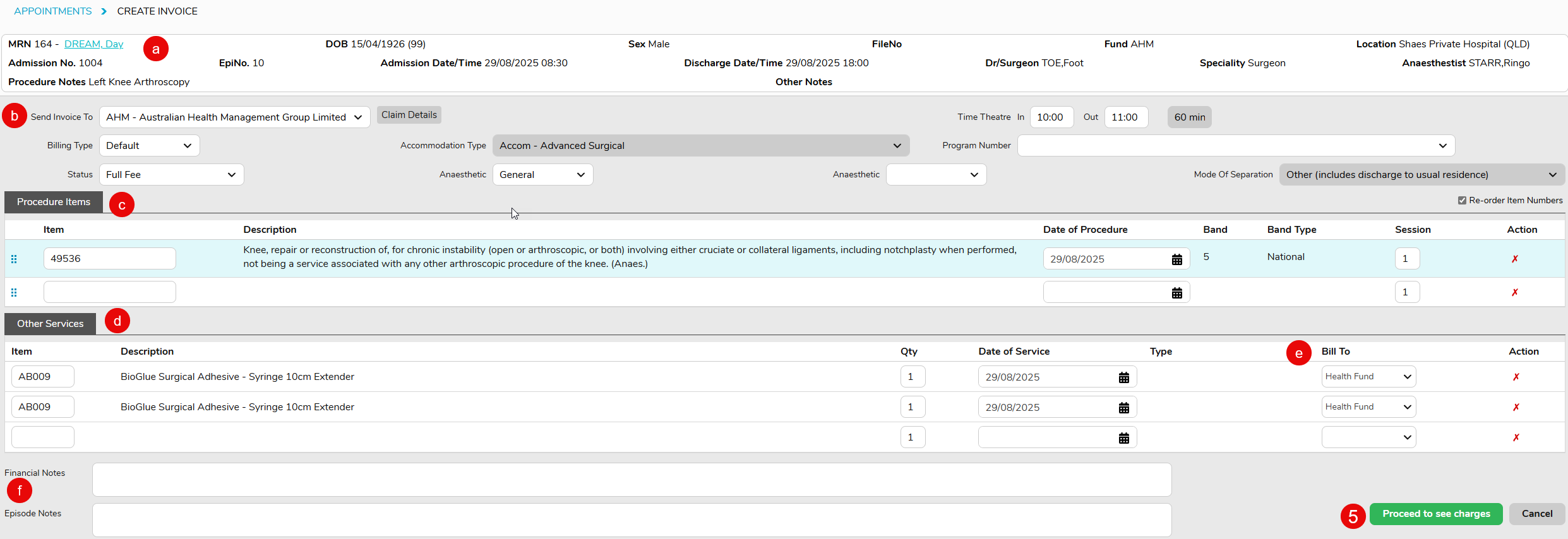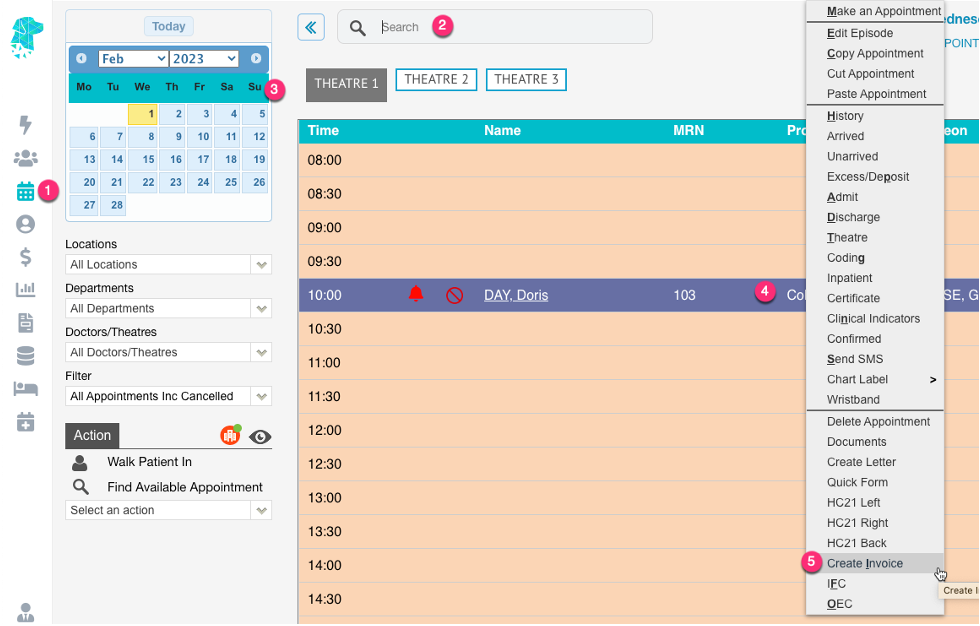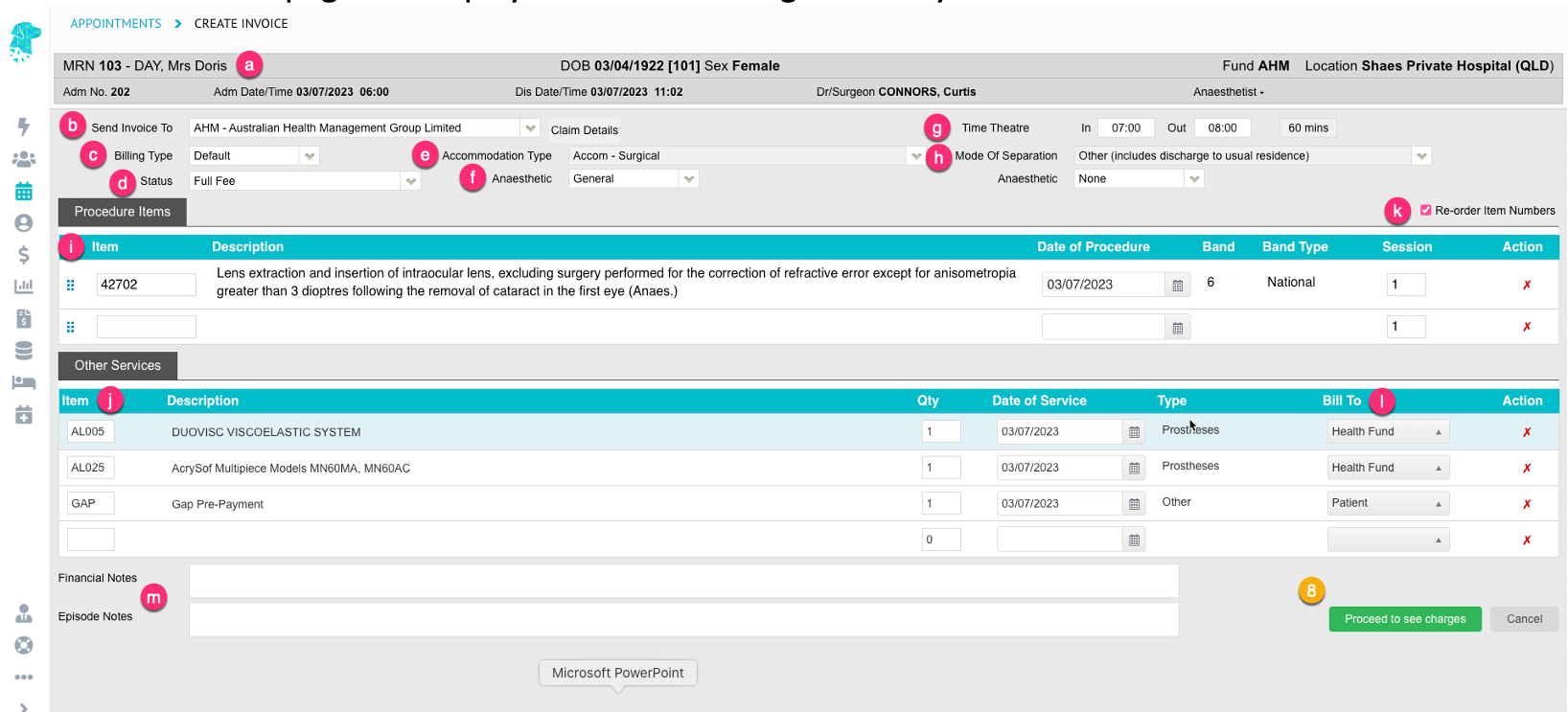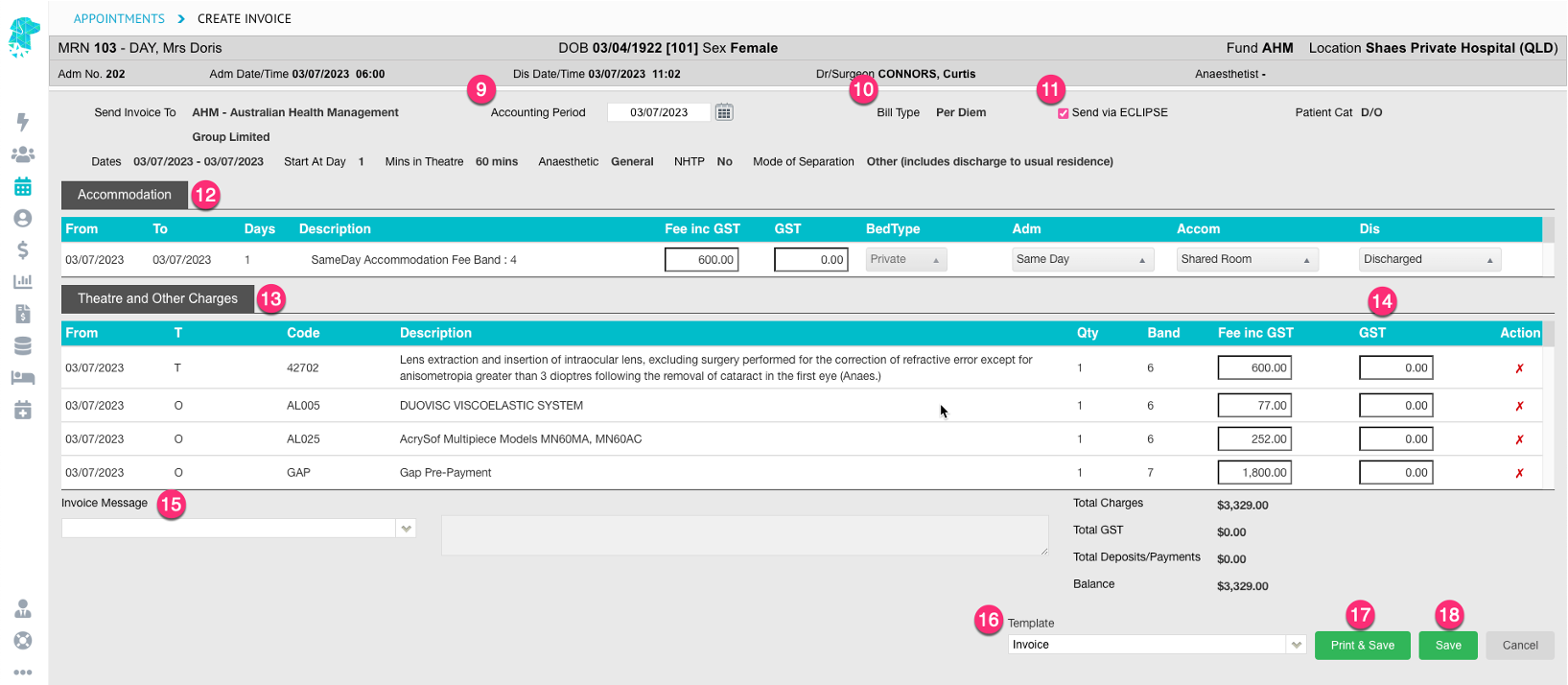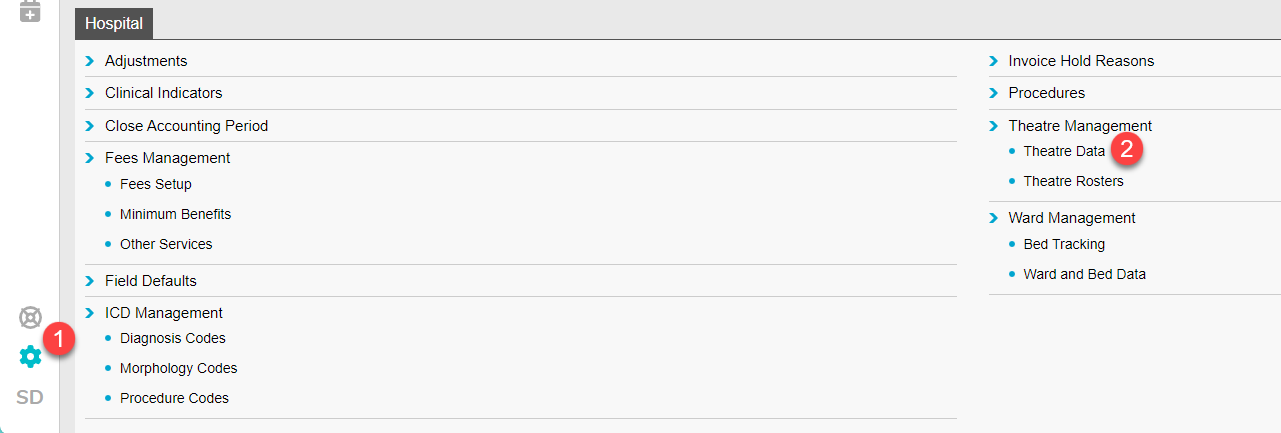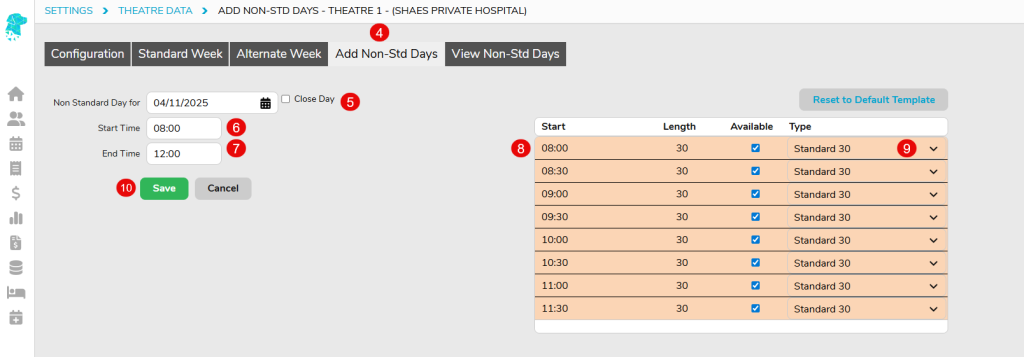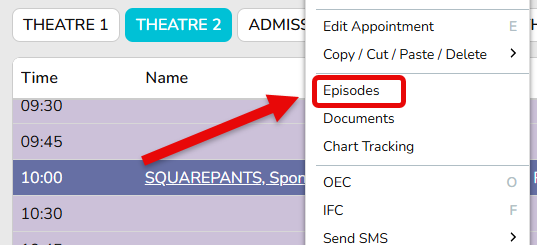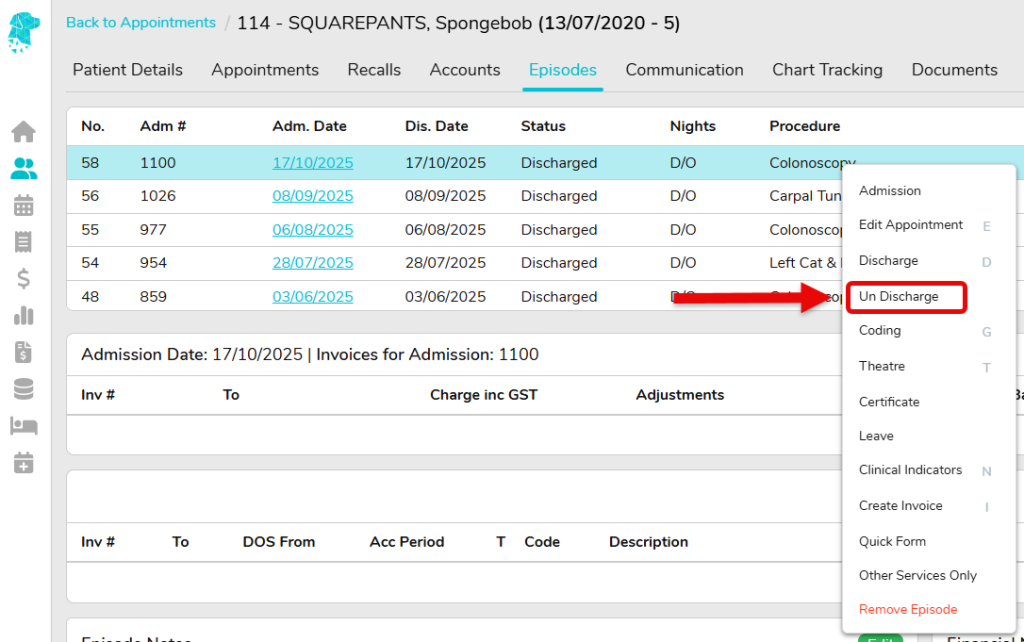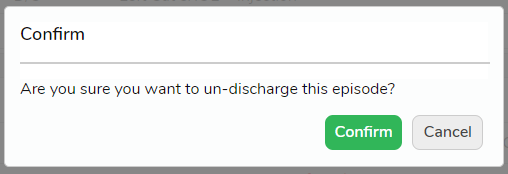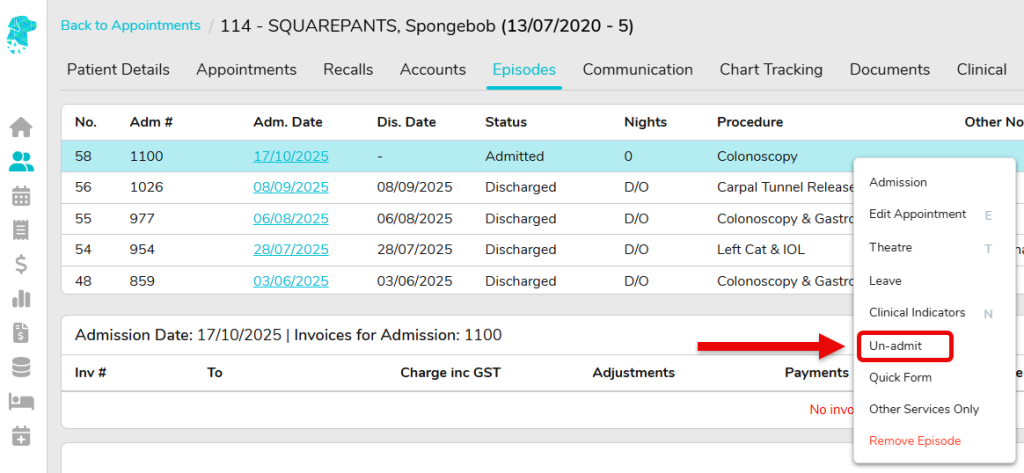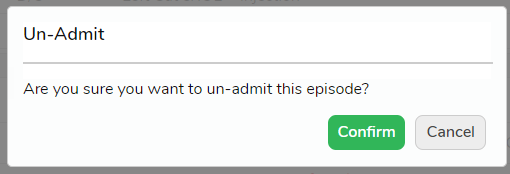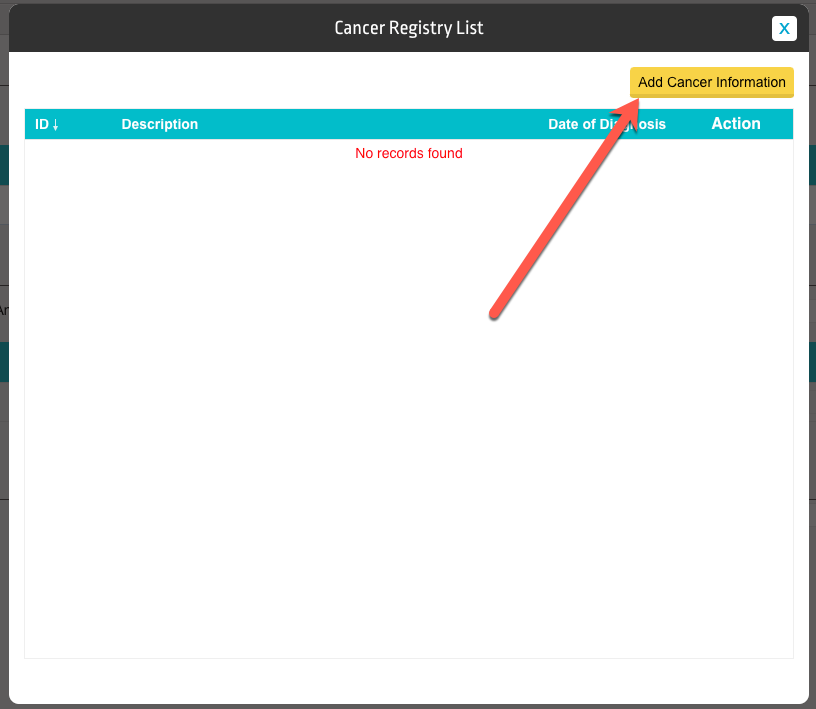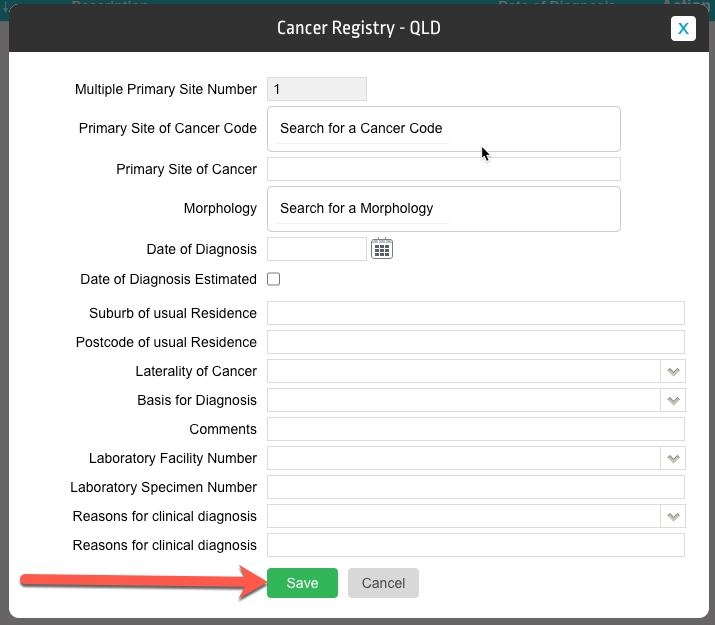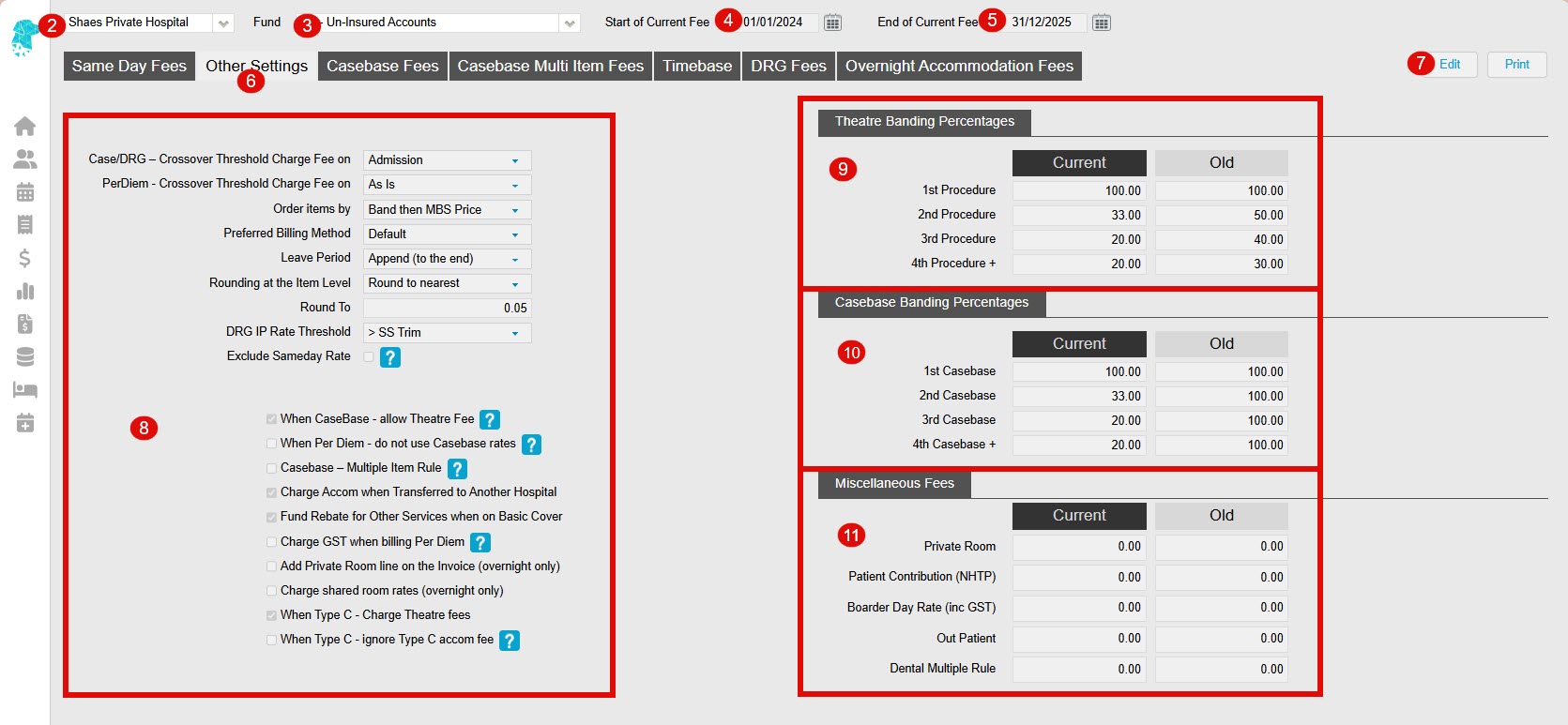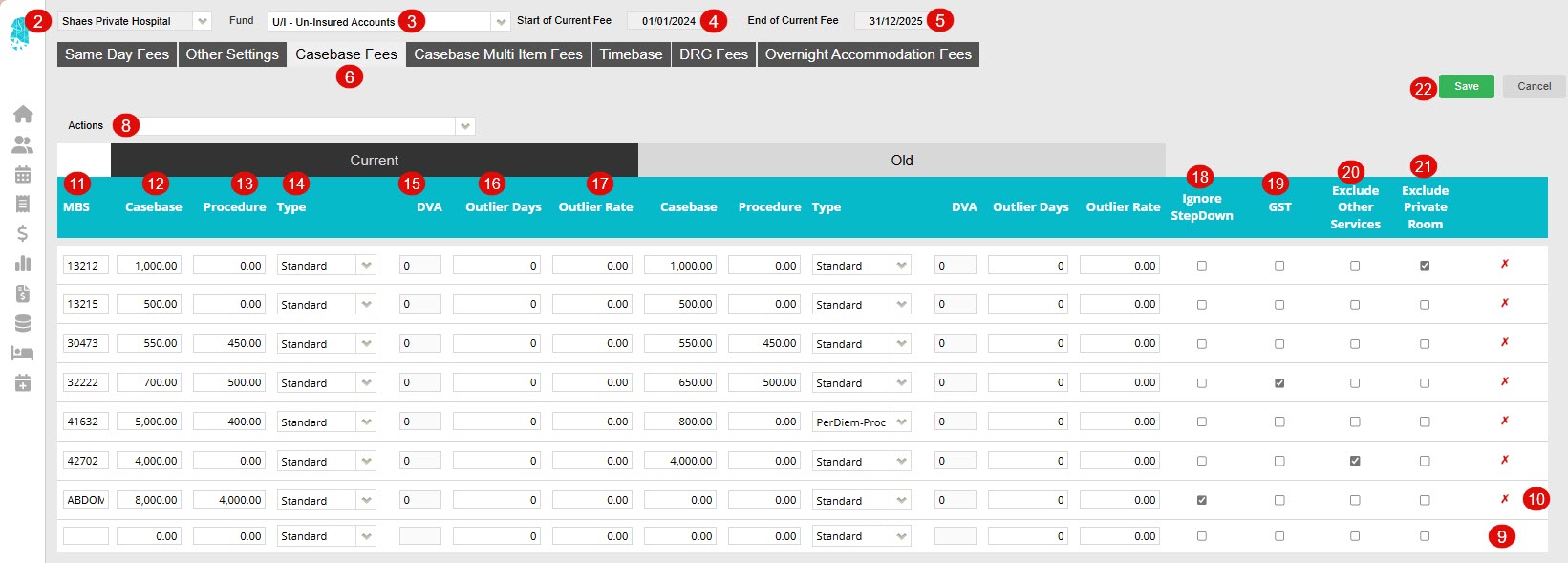SMS Template Examples
FYDO allows users to easily & efficiently send SMS/Text Messages to patients’ & pick-up contacts. Templates can be added to FYDO to allow users to send different types of pre-set messages with the click of a button.
SMS templates use “tokens” to draw information from the patients’ appointment & populate the message with the patients’ relevant information.
Below are some examples of text message templates that facilities can use, along with the tokens that will need to be added to ensure the templates work for all patients.
SMS Templates can be added to FYDO by following the instructions in this link:
Adding SMS Templates to FYDO
Pre-Admission Text
Dear <<patFirstN>>, Your appointment at <<EpLoc>> with <<EpDocTitle>> <<EpDocLastN>> on <<EpDayL>> <<EpAdmDate>> will be at <<Time12h>>. Please reply YES to confirm your appointment. Many Thanks
Payment Reminder
Dear <<patFirstN>>, When you arrive for your appointment with <<EpDocTitle>> <<EpDocLastN>> on <<EpAdmDate>> your out of pocket expense will be $<<EpExcessCo>>. This is payable on admission. Please reply YES to confirm you are aware of your hospital fee or call <<EpPhone>> if you have any queries. Many Thanks
Preadmit Paperwork Reminder
Dear <<patFirstN>>, Please click on the link below to complete your admission forms for your appointment on <<EpAdmDate>> at <<Time12h>>. Add preadmit URL in here.
Fasting Times
Dear <<patFirstN>>, In preparation for your procedure on <<EpAdmDate>> at <<Time12h>> please ensure you cease eating food at <<TimeFF12h>> and have no further fluid after <<TimeFW12h>>. Please contact <<EpLoc>> on <<EpPhone>> if you have any queries. Many Thanks
Patient Experience Survey
Dear <<patFirstN>>, Thank you for visiting <<EpLoc>> on <<EpAdmDate>>. If you would like to give feedback regarding your admission, please follow the link below. Add patient survey URL in here.
Dear <<patfirstn>>, Thank you for attending <<EpLoc>>. We are committed to continuous improvement and would value your feedback. Please click on the following link to complete our online survey. Add URL to patient survey here.
Pre-Operative Phone Call Reminder
Dear <<patFirstN>>, Please contact <<EpLoc>> on <<EpPhone>> to speak with our nurses regarding your appointment on <<EpAdmDate>>. Many Thanks
Change of Admission Time
Dear <<patFirstN>>, Your admission time for your appointment on <<EpAdmDate>> has changed. Please now arrive at <<EpLoc>> at <<Time12h>>. Many Thanks
Post-Operative Message
Dear <<patFirstN>>, We hope you are recovering well following your procedure at <<EpLoc>> on <<EpAdmDate>>. Please contact us on <<EpPhone>> if you have any concerns or queries. Many Thanks
Estimated Pick Up Time for Patient
Dear <<patFirstN>>, your admission time on <<EpAdmDate>> will be <<Time12h>>. We anticipate that you will be ready for collection from <<EpLoc>> at <<TimeP12h>>.
Estimated Pick Up Time for Pick Up Person
Dear <<PUfirstn>>, we anticipate that <<patFirstN>> will be ready for collection from <<EpLoc>> at <<TimeP12h>>. Please alert staff at reception when you arrive. Many Thanks
Pick Up Person – Patient Ready
Dear <<PUfirstn>>, <<patFirstN>> is now ready to be collected from <<EpLoc>>, <<EpLocAdd1>> <<EpLocSub>>. Please report to reception on arrival. Many Thanks
Dear <<PUfirstn>>, Please return to <<EpLoc>> at <<EpLocAdd1>> <<EpLocAdd2>> <EpLocSub>> as <<patFirstN>> is now ready to be discharged. Many Thanks
Outstanding Account
Dear <<patFirstN>>, following your procedure at <<EpLoc>> your account was finalised & there is now an outstanding amount payable by you. Please call <<EpPhone>> to arrange payment. Many Thanks














